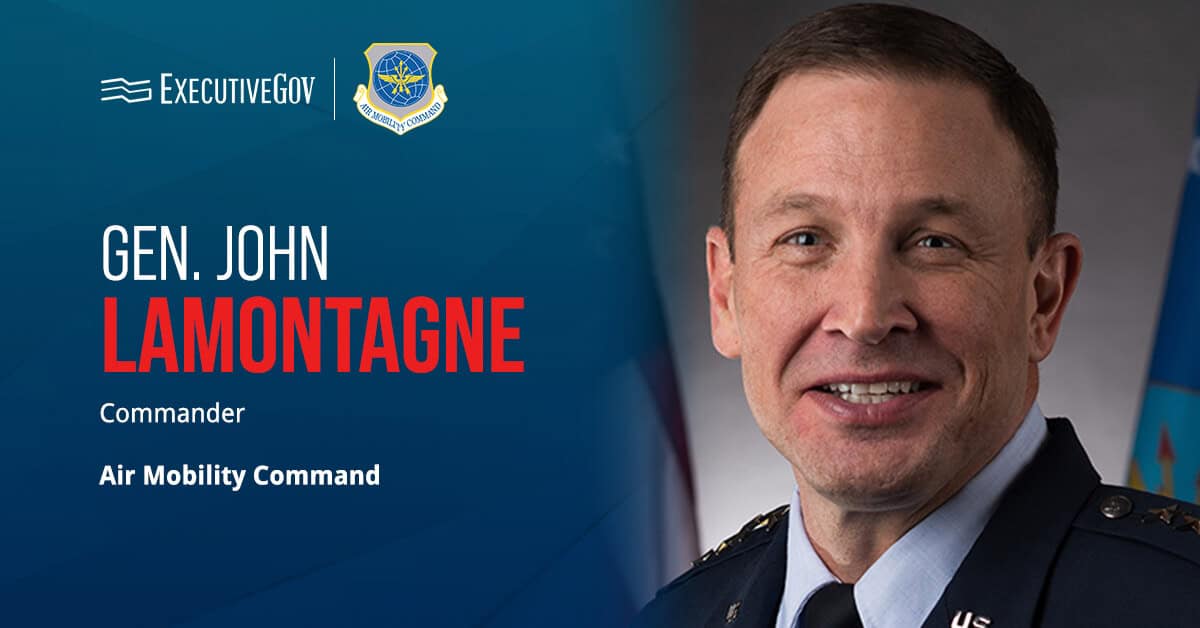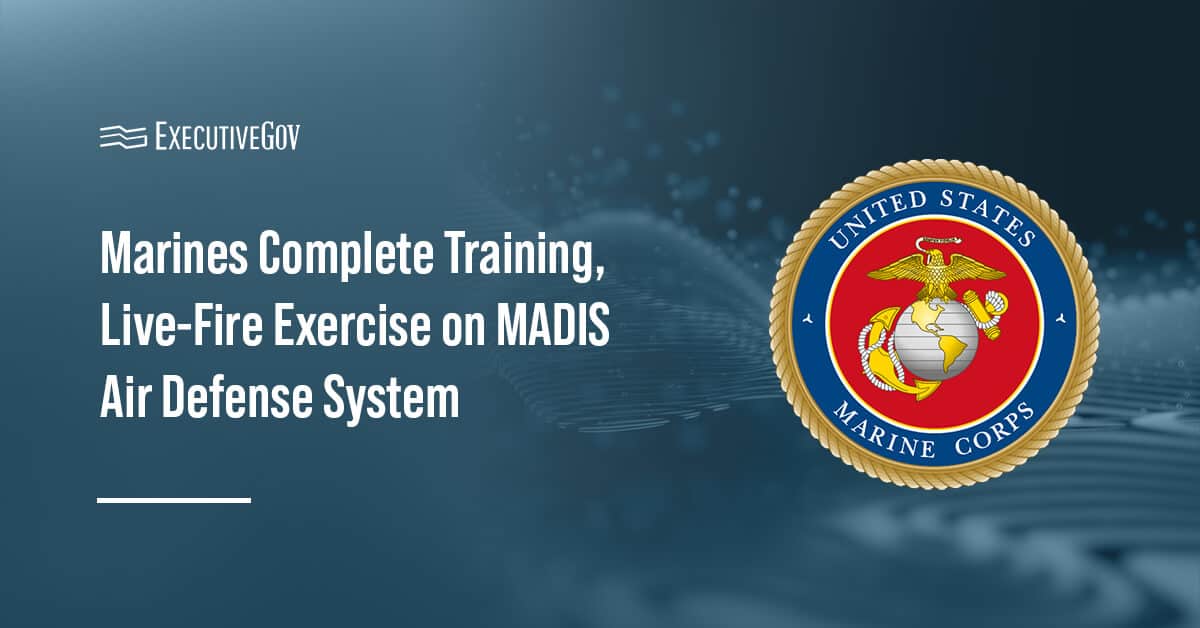
Rep. Virginia Foxx, R-N.C., introduced a legislation to modernize the process through which federal grant recipients report to the government. The Grant Reporting Efficiency and Agreements Transparency or GREAT Act would enforce data standards for reported grant information, the congress said.
The bill would define core data elements for the management of financial assistance awards, and apply technologies designed to reduce compliance costs.
The GREAT Act would also leverage consolidated collection and access of open data to support the monitoring of federal grants and agreements.





